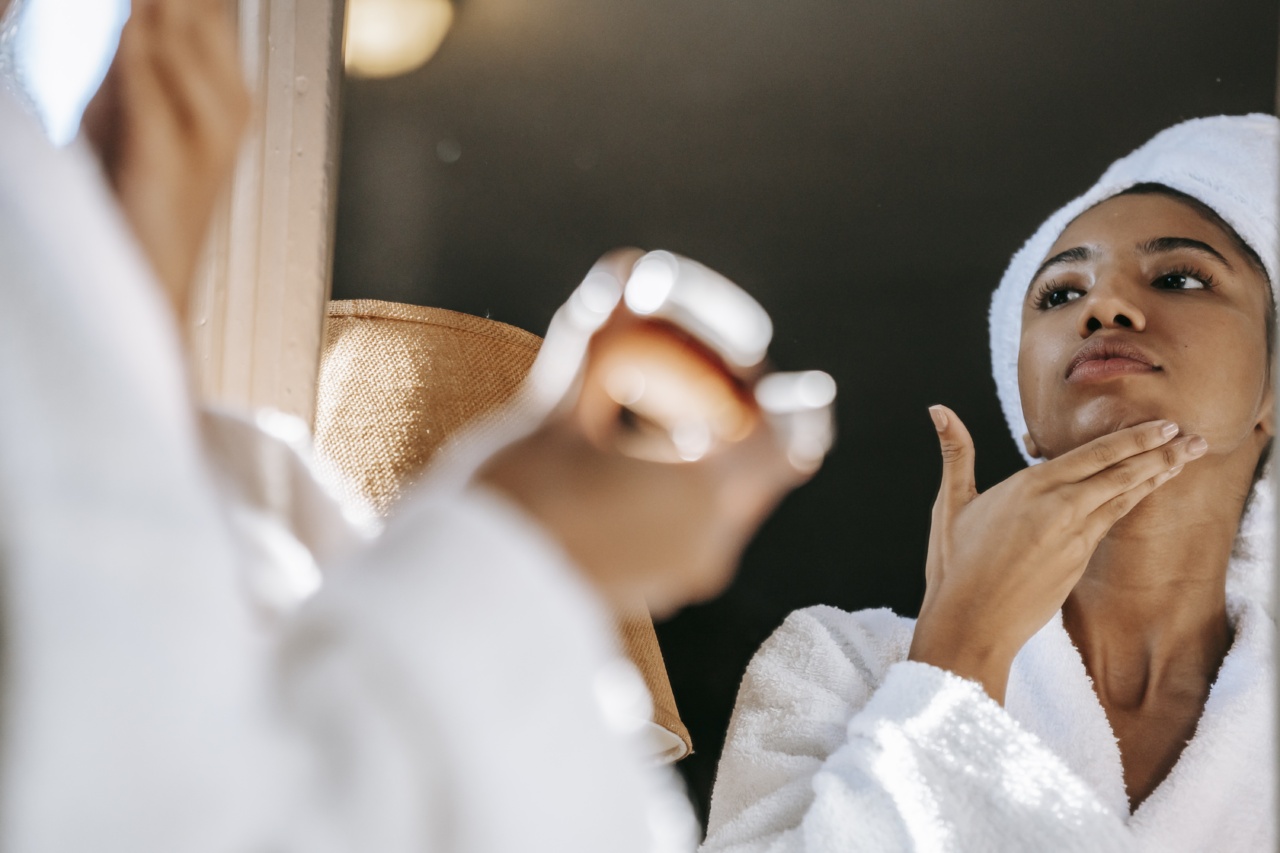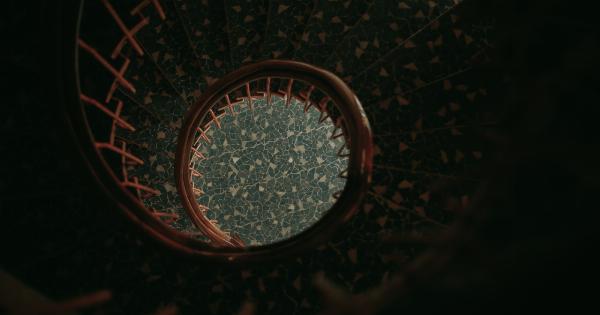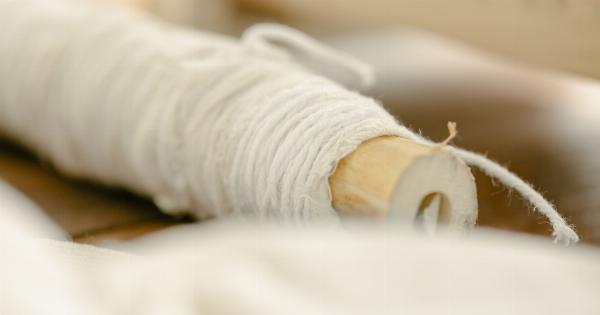In recent years, ultrasound technology has revolutionized the field of facial rejuvenation. This non-invasive procedure uses sound waves to stimulate collagen production, tighten the skin, and reduce the signs of aging.
Unlike other treatments such as surgery or fillers, ultrasound therapy targets the deeper layers of the skin without causing any damage to the surface.
How does Ultrasound Rejuvenate the Face?
Ultrasound facial rejuvenation works by delivering focused energy deep into the skin, triggering a natural response that stimulates the production of collagen.
Collagen, a protein that provides structure to the skin, tends to decrease with age, causing sagging and wrinkles. By promoting collagen production, ultrasound therapy helps to tighten and lift the skin, reducing the appearance of fine lines and wrinkles.
The ultrasound waves used in facial rejuvenation treatments penetrate the skin at precise depths, heating the tissues beneath the surface.
This gentle heat stimulates collagen production, while also causing the existing collagen fibers to contract, resulting in tighter, firmer skin. Over time, the increased production of collagen helps to build a strong foundation for the skin, leading to lasting improvements.
The Benefits of Ultrasound Facial Rejuvenation
Ultrasound facial rejuvenation offers numerous benefits over traditional surgical procedures or other non-invasive treatments:.
1. Non-Invasive:
Ultrasound therapy does not require any incisions or injections, making it a safer and more comfortable alternative to surgery. There is no downtime, and patients can often return to their normal activities immediately after the treatment.
2. Natural Results:
Since ultrasound rejuvenation stimulates the body’s natural collagen production, the results appear gradually and look natural. The skin gradually tightens and lifts over several months, without giving a sudden, drastic change in appearance.
3. Versatility:
Ultrasound therapy can be used on various areas of the face and neck, including the forehead, cheeks, jawline, and neck. It is effective for treating multiple concerns like jowls, sagging skin, wrinkles, and fine lines.
4. Long-Lasting:
Due to the stimulation of collagen production, the results of ultrasound rejuvenation can last for up to a year or more. However, individual results may vary depending on factors such as age, lifestyle, and skin condition.
5. Minimal Side Effects:
Ultrasound therapy is considered very safe, with minimal side effects. Some temporary redness, swelling, or tingling sensation immediately after the treatment is normal and typically resolves quickly.
The Procedure
The ultrasound facial rejuvenation procedure starts with cleansing the face and applying gel to the treatment area. The ultrasound device is then moved over the skin, delivering focused energy at precise depths.
The practitioner monitors the procedure using ultrasound imaging, ensuring accurate targeting of the treatment areas.
During the treatment, patients may feel a warm sensation or tingling as the ultrasound waves penetrate the skin. However, discomfort is minimal and well-tolerated by most individuals.
The duration of the procedure depends on the size of the treatment area but typically lasts between 30 and 90 minutes.
Results and Recovery
Unlike surgical facelifts, ultrasound facial rejuvenation does not have a significant recovery period. The majority of patients can resume their regular activities immediately after the treatment.
Some individuals may experience minor redness or swelling, but these side effects typically subside within a few hours to a few days.
While some results may be noticeable immediately after the treatment, the full benefits of ultrasound therapy develop gradually over the course of several months.
Collagen production continues to increase, leading to progressive improvements in skin tightness and texture. Results can last upwards of a year, and subsequent treatments can be done to maintain the rejuvenated appearance.
Candidates for Ultrasound Facial Rejuvenation
Ultrasound facial rejuvenation is suitable for individuals who want to improve the appearance of sagging skin, wrinkles, and fine lines without undergoing surgery. It is generally safe for all skin types and can be used on both men and women.
However, a consultation with a qualified practitioner is essential to determine if ultrasound therapy is the right choice for an individual’s specific concerns and desired outcomes.
Possible Limitations
While ultrasound facial rejuvenation is an effective treatment for most individuals, there are a few limitations to consider:.
1. Severity of Skin Laxity:
While ultrasound therapy can provide significant improvements in skin tightness and mild to moderate skin sagging, it may not be as effective for individuals with severe skin laxity.
In such cases, a surgical procedure like a facelift may be more appropriate.
2. Combination Treatments:
For individuals seeking comprehensive facial rejuvenation, combining ultrasound therapy with other treatments like injectable fillers or laser resurfacing may be necessary to address specific concerns.
This can be discussed during the consultation with the practitioner.
Conclusion
Ultrasound facial rejuvenation is an innovative non-invasive procedure that stimulates collagen production, tightens the skin, and reduces the signs of aging.
With its numerous benefits and minimal side effects, this treatment has become increasingly popular among individuals seeking a natural and long-lasting solution for their facial rejuvenation needs. If you are considering ultrasound therapy, consult with a qualified practitioner to determine if it is the right option for you.




























